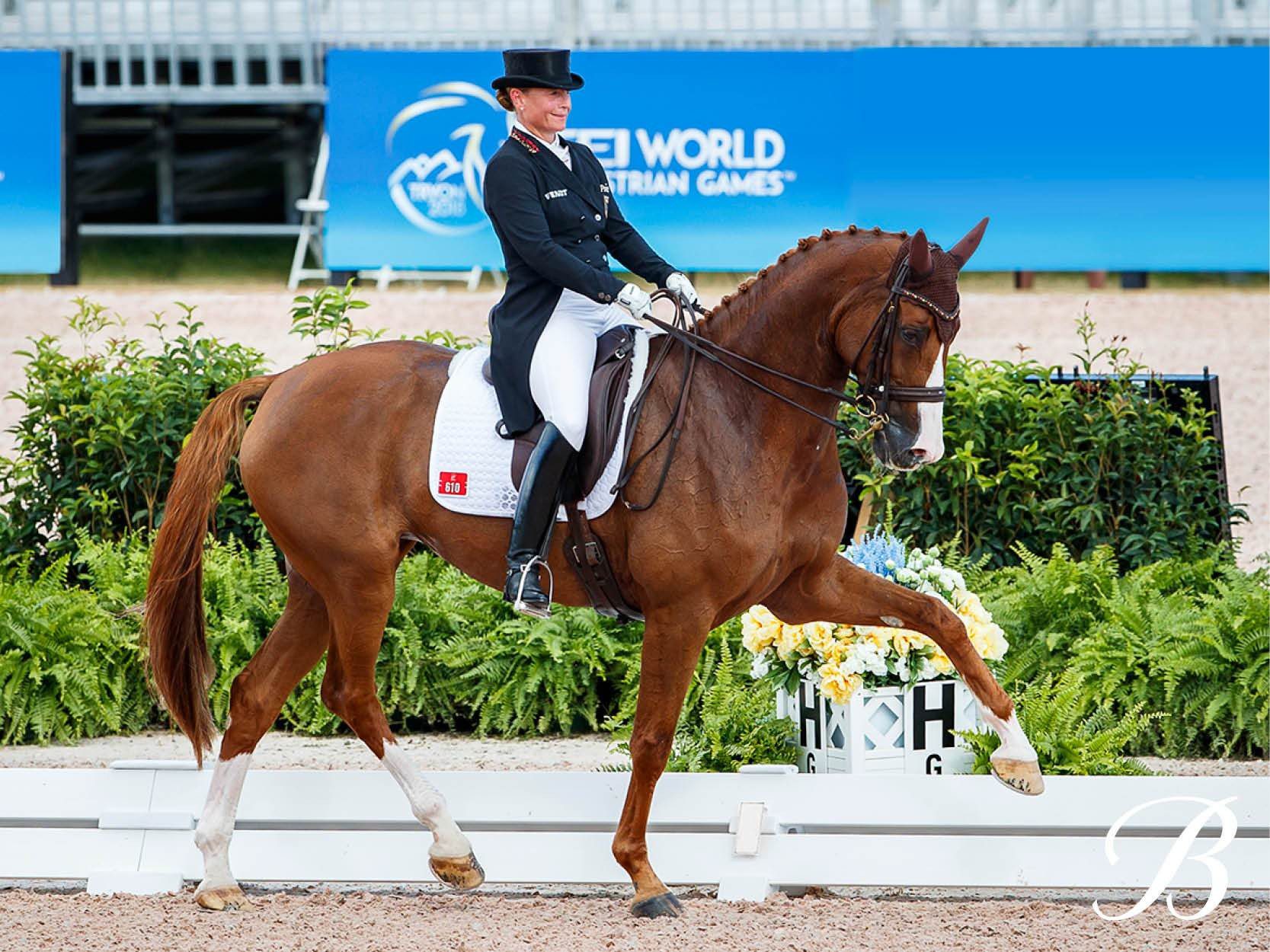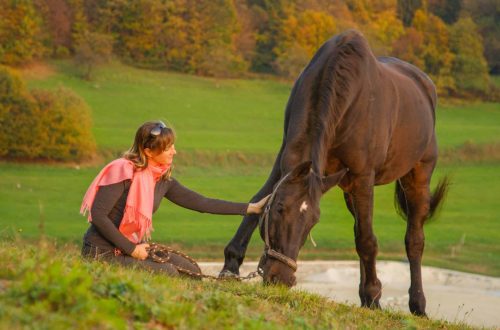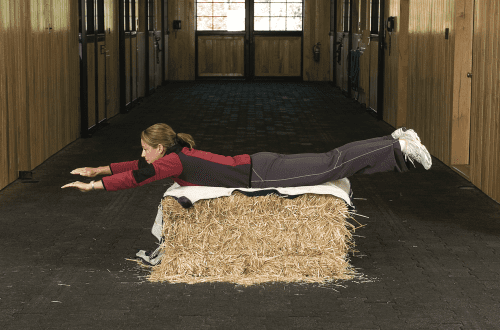
Make your ride easier with Isabelle Werth

Isabelle Werth enters the arena with the confidence of a real queen, moving along the center line and, making a perfect stop, greets the judges. Maintaining her composure in front of a huge number of spectators, the queen of German dressage continues her performance, demonstrating composure, gentleness and confidence. Her horse moves from one element to another in response to the instructions of the rider invisible to the eye. If you have seen her performances, then you are probably (like us) wondering: what is her secret?
In a career spanning 30 years, with 10 Olympic medals, 12 World Equestrian Games awards and multiple National Championship victories, Isabelle has long demonstrated that technical prowess and a great relationship with a horse make it to the top of any podium. At the five Olympics in which she took part, team gold invariably went to Germany.
Her training and performance routine has stood the test of time and has made her the most successful dressage rider of modern times. External impressions can be deceiving, but there is no magic in Isabelle’s performances. On the contrary, her way of bringing out the best in every horse is incredibly simple. Her motto with horses is “as simple as possible”. So what are basic principles of work Isabelle Werth.
Get rid of the routine.
Simplicity is the main rule of Isabelle’s work. But simplicity does not have to mean monotony. Warm-up trot on circles and arcs, but don’t get hung up on it. Keep the horse interested by periodically changing direction to make the horse more agile.
“When you trot on the volte, don’t drop the reins», Isabelle warns, emphasizing the need to maintain constant contact on two occasions on all elements.
If the horse resists or moves away from the contact, riders usually tend to raise their arms and pull on the reins in response. Isabelle suggests changing strategy and instead “bring the horse back with your knees and lower it down a bit with your hands” while working on the transitions on the 20m circle.
Teachescheck the horse’s mood.
Whether you work from home or compete in a tournament, your horses may perceive your commands differently depending on the environment. It is important for the rider to understand how and why the horse reacts to external circumstances, be it positive or negative.
If your horse is feeling tense in tournaments, it is important to properly organize the warm-up and switch his attention from external stimuli to work. Isabelle advises: “Take time to relax your horse. Start the warm-up with a little trot, and then walk.”
After you have warmed up, gently ask your horse to reach for the reins and bring his hindquarters in. “Tweak a few inches at a time,” Isabelle says. This rule must be followed even if the horse is stiff or unfocused, and the rider is ready to give in to the temptation to force contact.
Use assistive controls.
While Isabelle’s training system is clear and consistent, she isn’t afraid to use assistive controls to get things done. Clicking the tongue to encourage the horse to move forward, or prompting with a whip to get the horse’s attention are the means he uses when necessary. In fact, when Isabelle is training, she usually practices each step from the ground with her student, often smacking loudly when she sees the horse needs more momentum.
Being ready to respond quickly and clearly to the controls is the most important thing if you are correcting a mistake or making a complex element, such as a pirouette. Keep pushing forward all the time. “Sit relaxed, breathe and enjoy. The secret of the pirouette is in the preparatory process.
Cadence and rhythm.
“Keep cadence over the inside shoulder,” Isabelle advises when working on lateral movements. “It is very important to start working on lateral movements gradually. Once you’ve warmed up a bit, start pushing your inside leg onto the outside rein. The horse must move forward and up. The hind legs should follow the front, not vice versa.
Isabelle points out that it is important to maintain a good rhythm throughout the training or riding: “Keep the horse relaxed, active and moving in front of you.”
Just as important as warming up is post-workout relaxation. Isabelle says: «Always finish in a light trot without losing the rhythm. The horse should stretch down and be elastic.” Ending at a trot, allowing the horse to stretch while maintaining cadence and body suppleness is what Isabelle considers essential for every workout.
Despite a very long and productive career, Isabelle says. “After so many years in the sport and so many different horses, I am very lucky to be able to train and work with horses every day.”
Source: Noellefloyd.com





